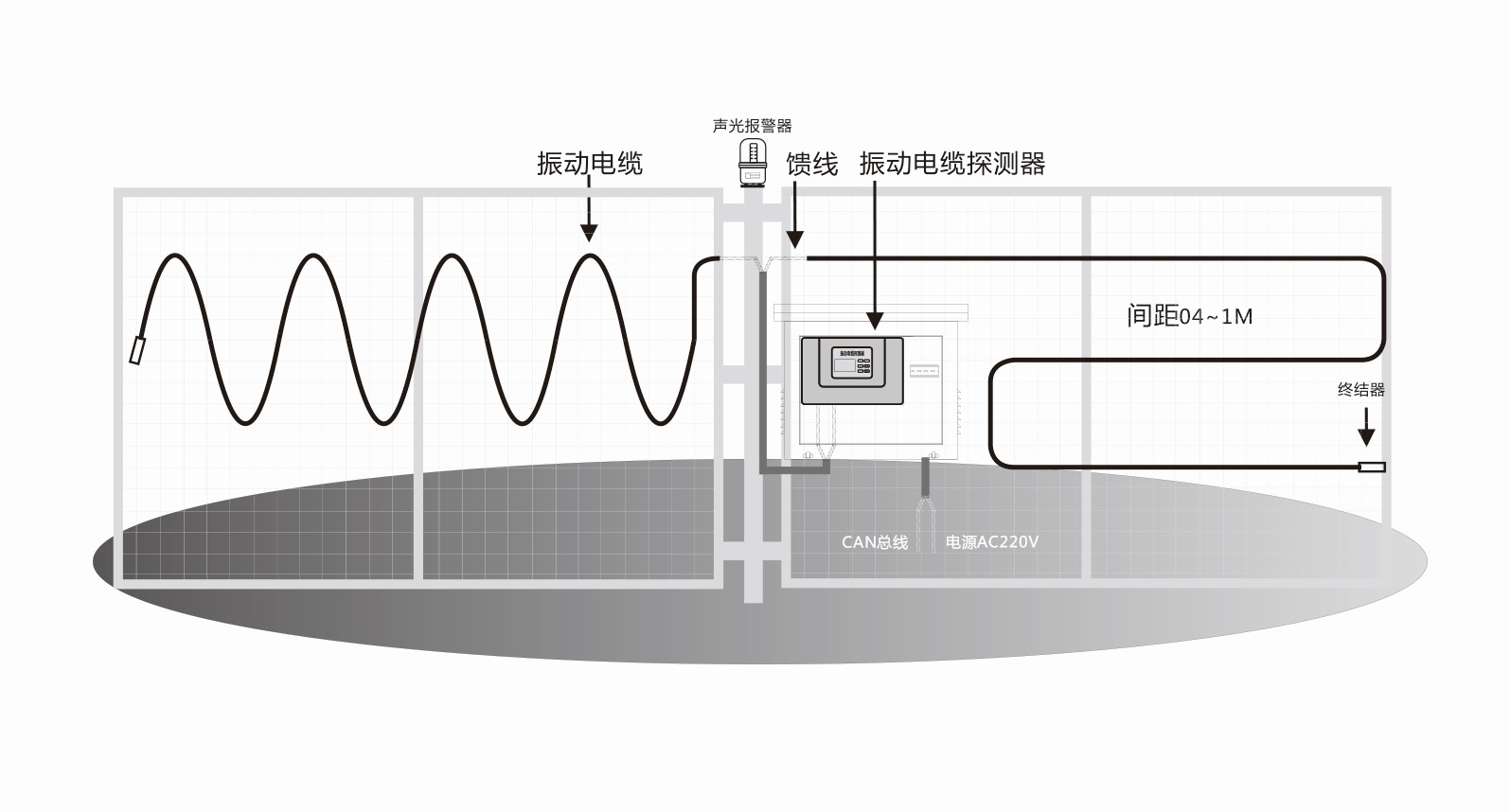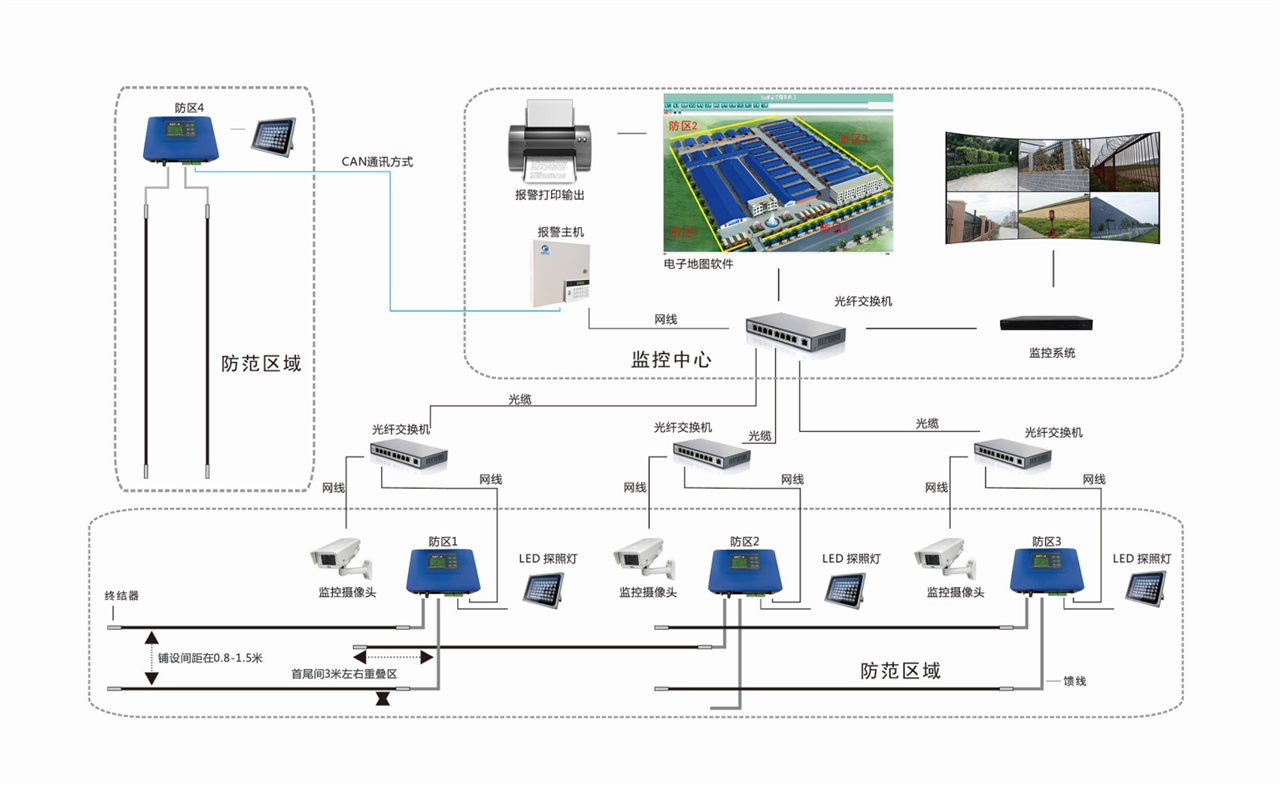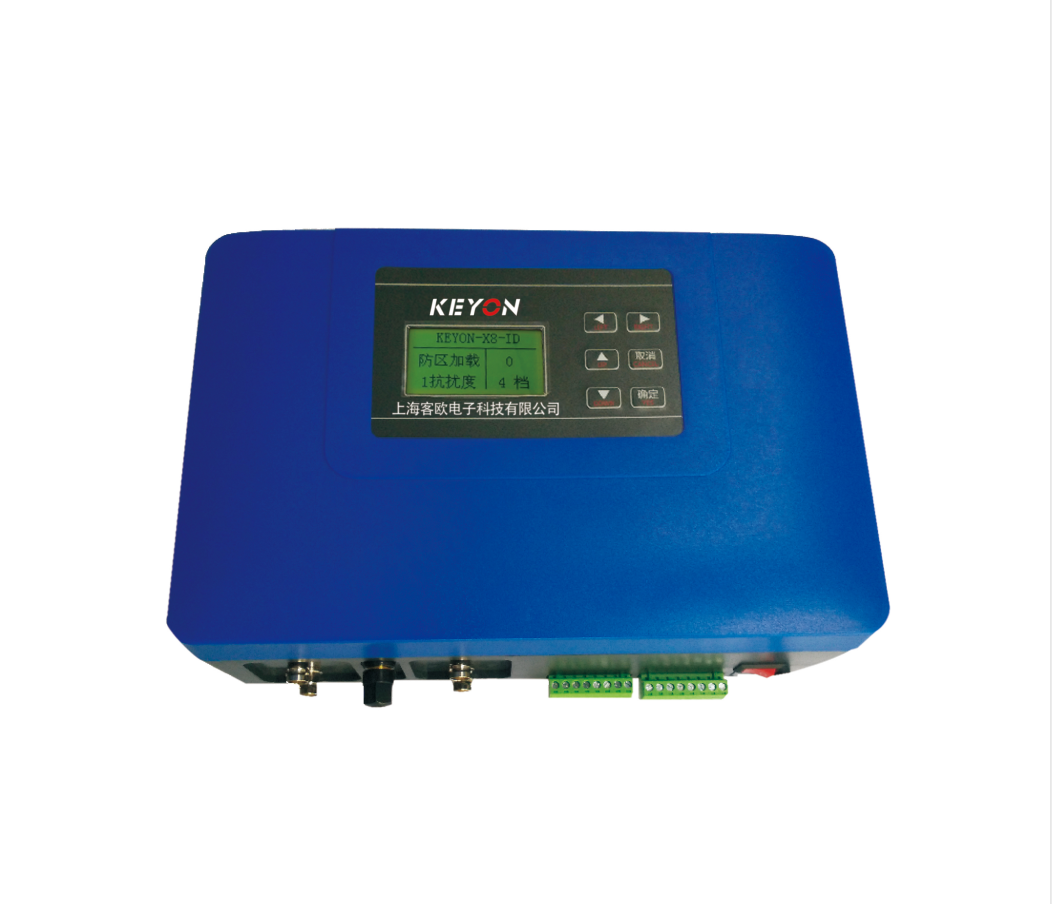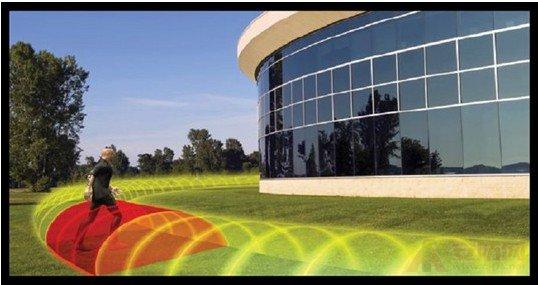As a new series of perimeter alarm products, vibrating cables and leaky cables have been receiving much attention, and because it is a new type of product, many users are not very familiar with them, and it is not even clear what is the difference between them. So, today Shanghai Shanghai Europe Security will give you a detailed introduction to the difference between the two detectors.
First, let's talk about the difference between the two detectors from the composition of the detector and the alarm principle:
(1) The vibration cable detector consists of: front vibration cable, signal processing center, set keypad, alarm and other parts.
Working principle: After the external intrusion vibration, the front end vibration cable generates a vibration signal, and transmits the signal to the signal processor. The signal processor will amplify, shape, filter and other series of received weak signals to determine whether to output the alarm signal. . The signal processing part can adjust the sensitivity of the vibration signal and is divided into several levels. The user can adjust the vibration sensitivity according to the actual use situation. When the alarm signal is output, the alarm signal can be connected to the sound and light alarm, send an alarm signal, or be connected to the monitoring system to align the camera to the alarm site and implement linkage.
(2) Leakage cable detector consists of: alarm host, detector host, and leaky cable.
Working principle: The transmitting unit generates high-frequency energy and feeds it into the leaking cable for transmission and transmits it in the cable. When energy is transmitted along the cable, part of the energy leaks into the space through the leak of the leaking cable, and an electromagnetic field is established in the range of the guarded space, and a part of the energy is received by the nearby receiving leaking cable, and the transmitting and receiving energy is directly coupled. When the intruder enters the sensing area formed by the two cables, the electromagnetic energy is disturbed, causing a change in the received signal. The changed signal is detected after being amplified, and the alarm indicator is turned on, and the relay is touched. Click to open and alarm.
Through the analysis of the composition and working principle of the vibration cable detector and the leaky cable detector, we can clearly see the difference between the two work alarms. What are their different working characteristics? Let's take a look together!
First, {客欧} vibration cable detector work features
1. Since the cable is passively distributed, it is especially suitable for use in special places where flammable, explosive and unsuitable power supplies enter.
2, communication is compatible with CAN, RS485, TCPIP, switch quantity to achieve remote networking alarm and other functions.
3, Applicable to a variety of complex terrain, not subject to the terrain's height, twists, corners, etc., leaving no dead ends.
4. The vibrating cable can be fixedly installed on the fence with a certain strength according to the contour of the perimeter shape.
5, can work all day, from the sun, temperature, rain and fog and other factors.
6, compatible with all the alarm host accepting the switch signal to achieve remote networking and other functions.
Second, {客欧} leaked cable detector work features
1. Built-in network module, which can be connected to the alarm host and the computer in the control room through the network cable.
2, CAN bus remote transmission function, the ordinary two-core signal line up to 10KM.
3. The working state of the liquid crystal display detector.
4. Set all parameters locally and quickly.
5. The alarm host can set all parameters of the machine remotely/individually.
6, compatible with all the alarm host accepting the switch signal to achieve remote networking and other functions.
To sum up, the biggest difference between the vibration cable detector and the leaky cable detector is that the vibration is judged according to the vibration signal, and the other is to judge the invasion according to the electromagnetic field change, but the two have the same in common. For example, the sensitivity can be adjusted. Linkage with other devices, etc.
Sack Gabion
Sack gabion is
cylindrical basket made of 8x10 double twisted steel woven wire mesh,
with mechanical characteristics higher than the ones suggested from EN
10223-3. It's filled with stones at the project site to form flexible
and permeable structures used for emergency and river training works
where local conditions require fast installation or where the water does
not allow for easy access to the site and where underwater installation
is necessary.
Sack gabions are
supplied with steel reinforcing wires inserted during the manufacturing
process to facilitate closing during installation. The wire used for
the manufacture of gabion shall have a tensile strength between 3
80-550N/mm2 exceeding, in order to increase the tensile resistance of
the finished products, what is suggested from EN10223-3. Wire tolerances
are in accordance with EN 10218. Elongation shall not be less than 10%,
according to EN 10223-3. Test must be carried out on a sample at least
25 cm long. Meantime the adhesion of the zinc coating to the wire shall
be such that, when the wire is wrapped six turns around a mandrel having
four times the diameter of the wire, it does not flake or crack when
rubbing it with the bare fingers.
Sack Gabion Specification
Surface treatment: electro galvanized or hot dipped galvanizedSack Gabion,Wire Mesh Sack Gabion,Coated Sack Gabion Box,Pvc Coating Sack Gabion
ANPING KINDELONG WIRE MESH CO.,LTD. , https://www.apkdlwiremesh.com



